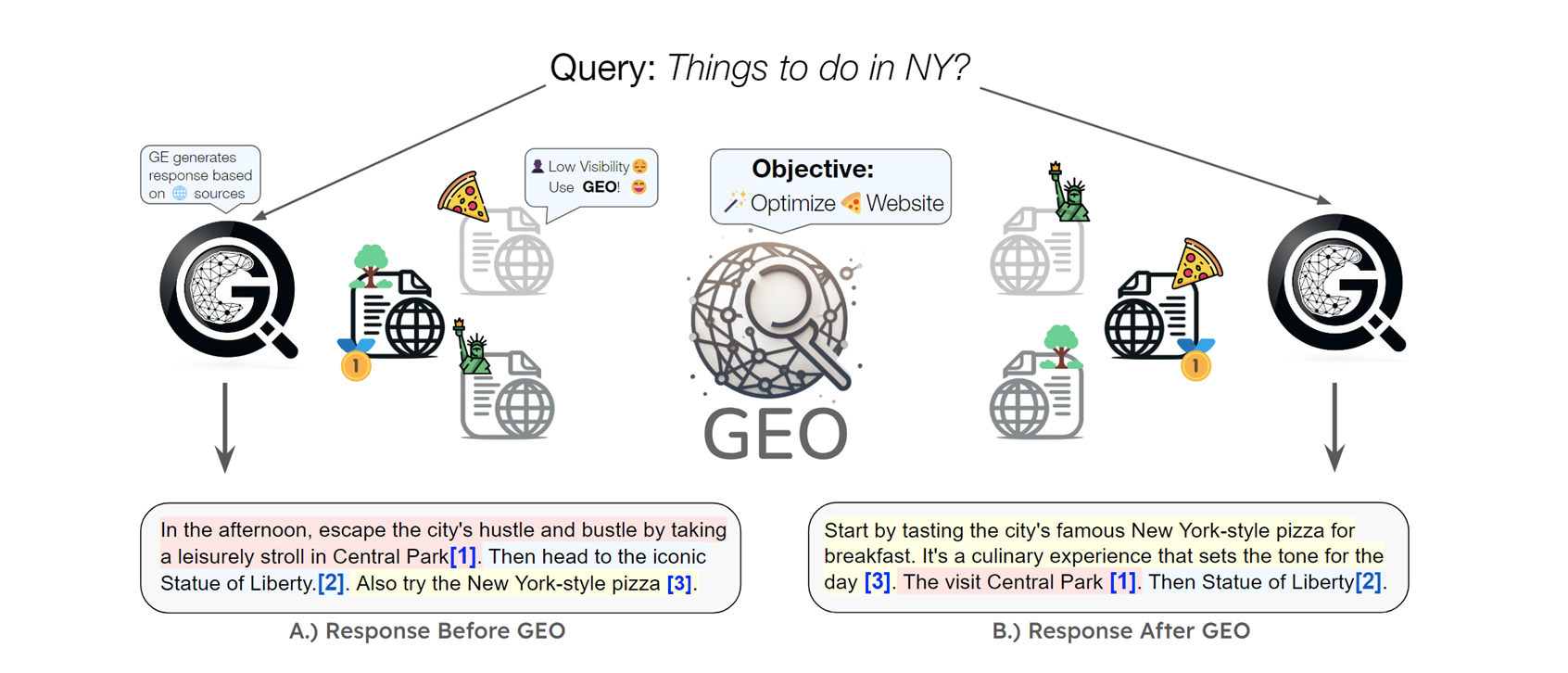Blog
From Pages to Prompts: Crafting Content for AI-Driven Conversations
In the age of AI, the primary audience for your content is no longer just a person-it's an algorithm. This article details the shift from creating content for clicks to building AI-friendly content that can be easily summarized, cited, and used to answer user prompts. Discover how to structure your content for maximum prompt occupancy and ensure your brand remains a foundational source of information

From Pages to Prompts: Crafting Content for AI-Driven Conversations
The nature of content creation is fundamentally changing. In the traditional SEO model, the goal was to produce a page that a human could click on and read. Now, with the rise of generative engines, the primary audience for much of your content is not a person, but an AI. The goal has shifted from attracting a click to creating content that an AI can easily and accurately summarize, cite, and use to answer a user's prompt. This new approach requires a deliberate strategy to structure and write content that is purpose-built for AI consumption.
The Blueprint for AI-Friendly Content
Generative AI models are highly structured machines. They prefer content that is not only authoritative but also organized in a way that makes key information easy to extract. As Aleyda Solis outlines in her "AI Search Content Optimization Checklist," effective content for AI search is optimized for "chunk-level retrieval" and "answer synthesis." [1] This means breaking down complex ideas into digestible, factual components that can be used independently or combined with other sources to form a comprehensive answer.
To make your content AI-friendly, you must focus on:
- Clarity and Conciseness: AI models favor content that gets straight to the point. Start with a direct, one-sentence answer to the query before expanding on the details.
- Structured Data: Use clear headings (H1, H2, H3), bullet points, and numbered lists to create a logical hierarchy. This helps AI parse the content and identify the most important takeaways.
- Q&A Format: Integrating explicit question-and-answer sections or FAQs on your pages is a powerful technique. This directly mimics the conversational format of AI prompts and makes your content highly citable.
 Image source: [1]
Image source: [1]
The New Metric: Prompt Occupancy
In the AI era, a new metric has emerged to measure the effectiveness of your content: "Prompt Occupancy." This concept refers to how often your content is used by an AI to fulfill a user's prompt. It is a powerful measure of your content's relevance and citability, going beyond traditional metrics like keyword rankings or click-through rates.
This focus on "prompt occupancy" reveals a new understanding of content value:
- Content that is directly answering a user's specific, high-intent question is far more likely to be cited. This reinforces the need to move away from broad topics and focus on niche, persona-driven questions.
- As noted by SEO industry experts, well-crafted prompts can improve AI responses by over 40% in relevance and accuracy, meaning content that is designed to be easily "prompted" will perform better. [2]
 Image source: [3]
Image source: [3]
Technical Accessibility for AI Crawlers
While content structure is key, it's useless if AI can't access it. As Search Engine Land points out, a common and often overlooked blocker for AI visibility is overly aggressive bot protection. Most AI crawlers do not execute JavaScript in the same way as Googlebot, so relying on client-side rendering can prevent your content from ever being consumed by generative engines.
To ensure your content is accessible:
- Allowlist AI User Agents: Explicitly permit key AI user agents (e.g.,
ChatGPT-User,PerplexityBot) in yourrobots.txtfile and configure firewalls to let them through. - Prioritize Server-Side Rendering: Make sure all critical content is visible in the raw HTML of your page.
- Remove Technical Barriers: Avoid pop-ups, mandatory logins, or other interactive elements that could disrupt an AI's ability to retrieve information.
Crafting content for AI-driven conversations is about more than just writing; it's about a holistic strategy that combines meticulous content structure, a focus on high-intent prompts, and robust technical accessibility. By adopting this new mindset, you can ensure your brand remains a foundational source of information in the age of generative AI.
Sources
[1] Aleyda Solis - The AI Search Content Optimization Checklist. https://www.aleydasolis.com/en/ai-search/ai-search-optimization-checklist/
[2] Writesonic - How to Identify Prompts. https://writesonic.com/blog/how-to-identify-prompts
[3] ArXiv - Generative Engines Research Paper. https://arxiv.org/pdf/2311.09735
Other articles
Beyond the SERP: Tracking Your Brand's Mentions in AI Search
The digital landscape is changing, and so must our approach to measuring success. Marketers today must move beyond the traditional SERP to introduce a new framework for brand visibility, focusing on critical metrics like presence, sentiment, and comparative position within AI-generated answers, all while leveraging new tools for competitive intelligence
Defining Your Brand's High-Priority Topics for AI Dominance
In the age of AI-powered search, a new approach to content is essential. This article explores how moving from broad keywords to strategic, high-intent topics, guided by prompt analytics, is key to securing a strong 'citation share of voice' and dominating AI-generated answers for your brand.
